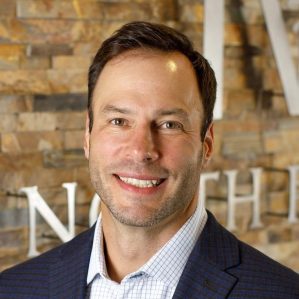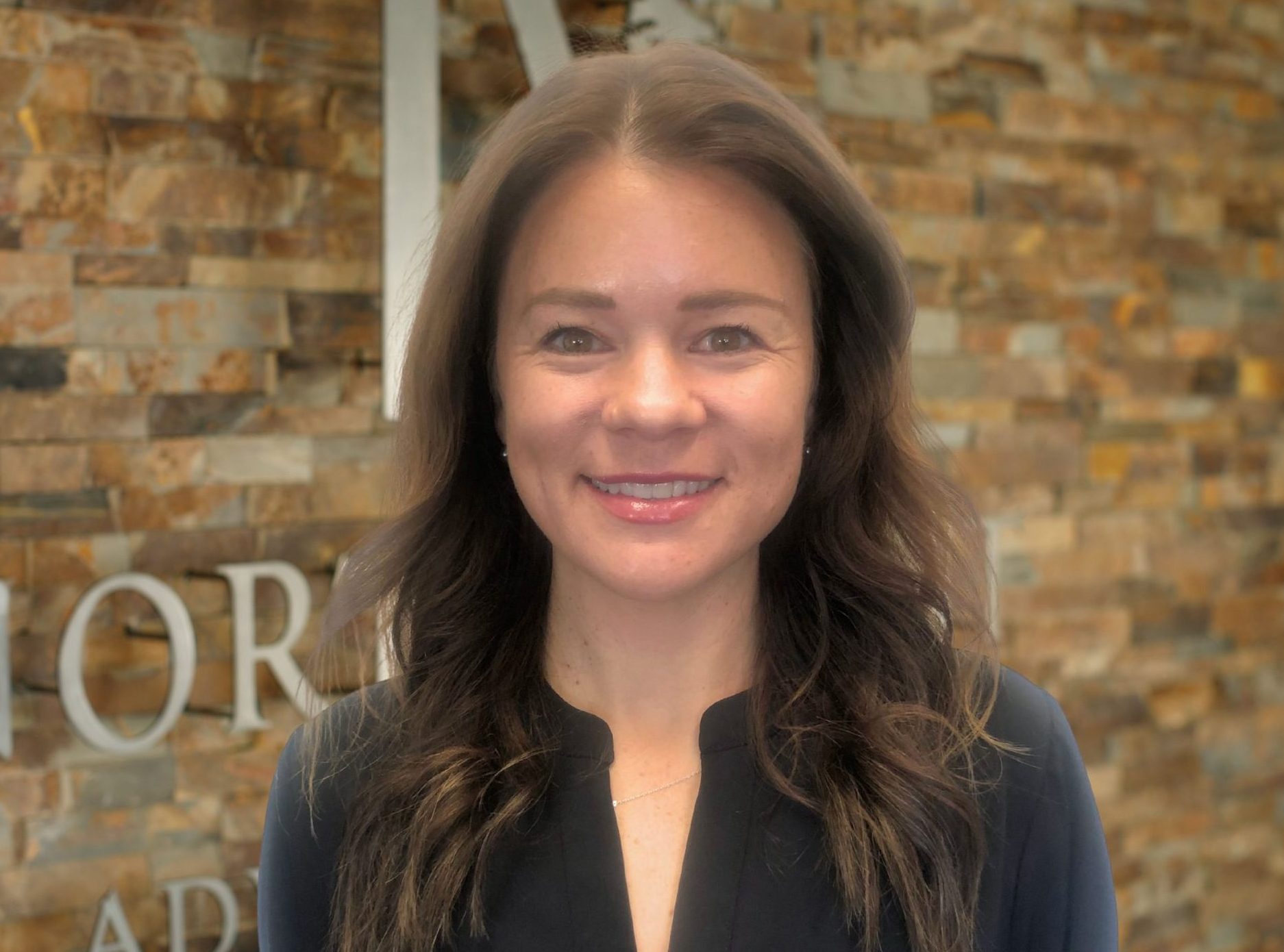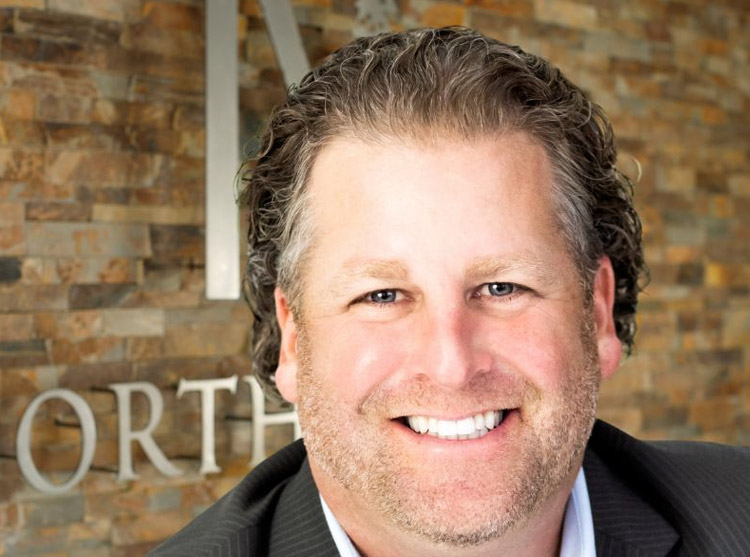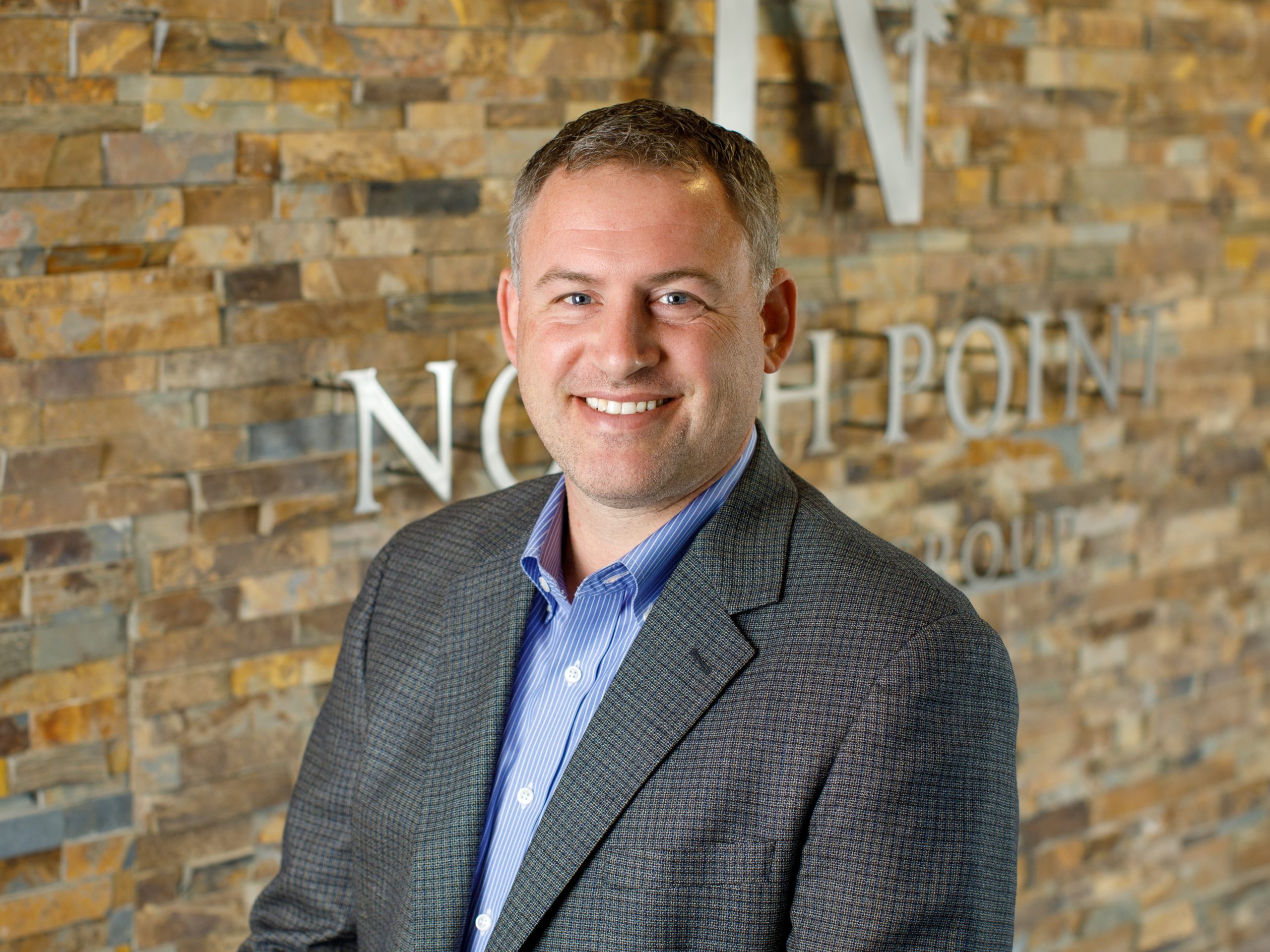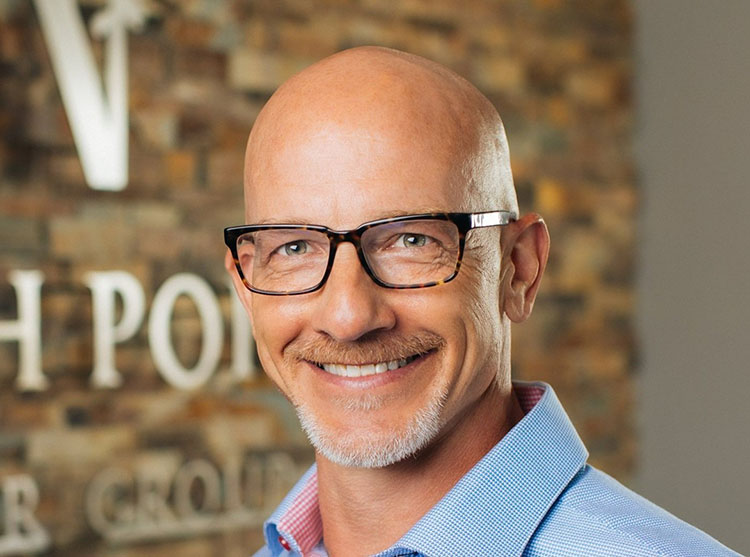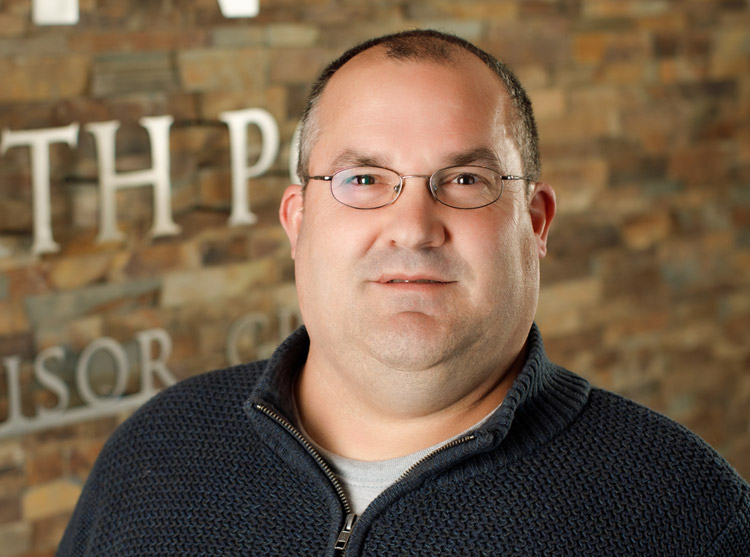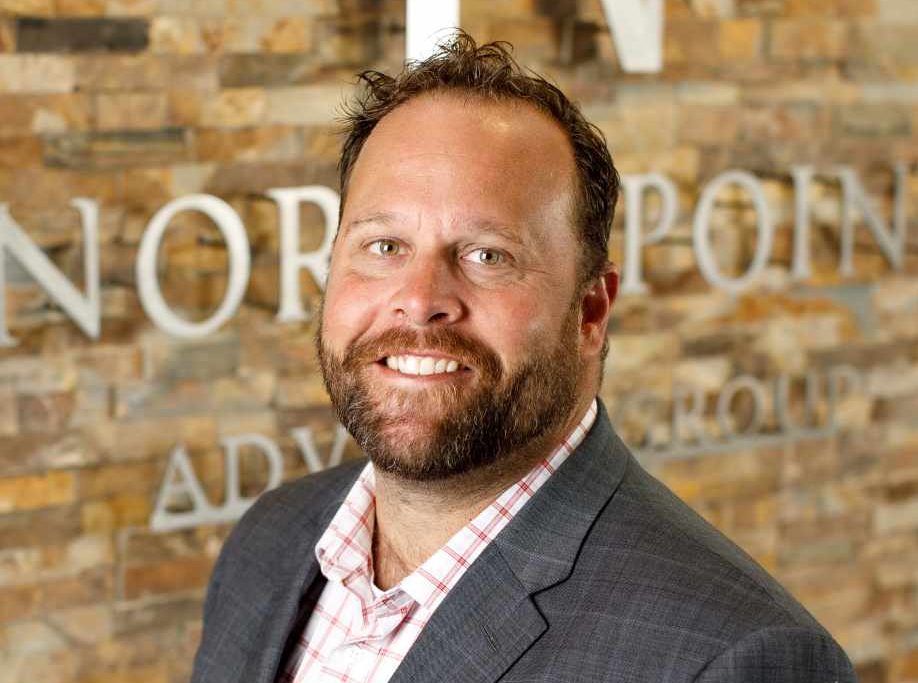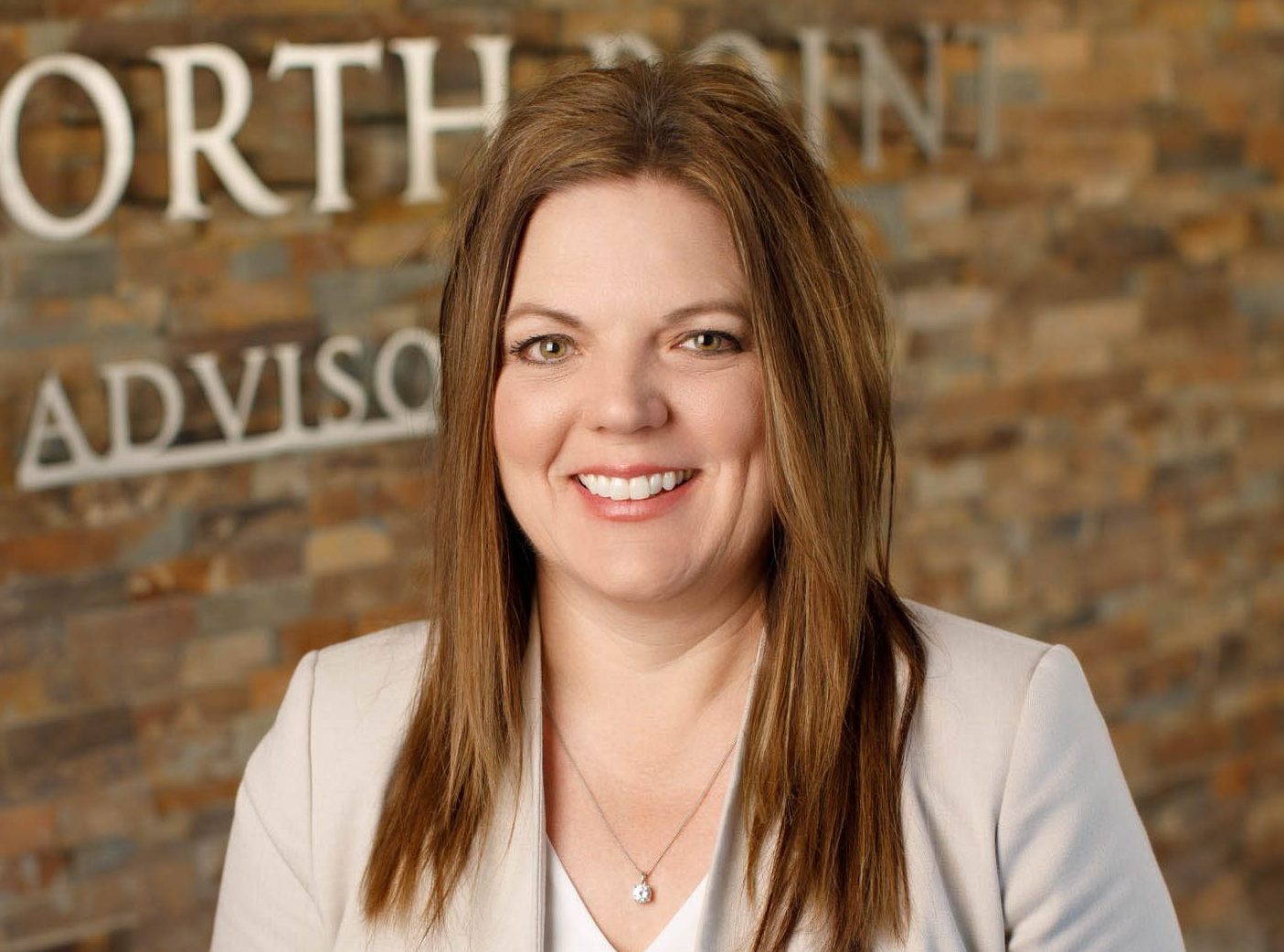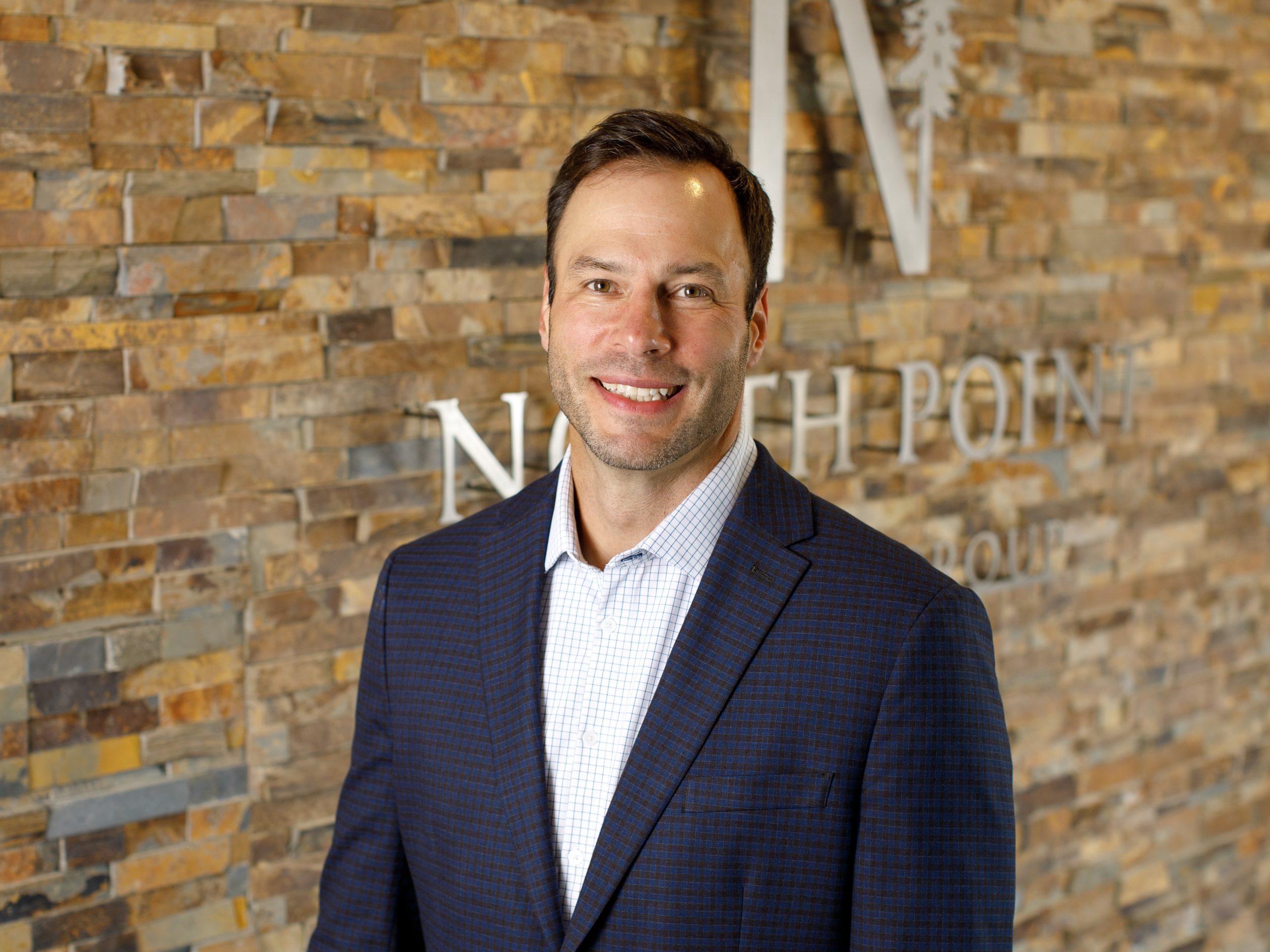We have a saying in our office that with success comes complexity. If you’re a small business owner, you’ve likely experienced the creeping level of complication that comes into your life as your business grows: employee management, talent retention, higher overhead costs, more customers, tax planning, financial forecasting, HR/benefits/payroll, and the list goes on.
Then you layer on how this success bleeds over to your personal life and your head starts to spin. Managing these complexities is the #1 challenge for the owner of a growing small business.

If you find yourself focused on too many things and no longer have time to focus on the things you were passionate about when you first started your business, you’re not alone. As a business owner, I’ve experienced it, and so have many of my clients. I’ve observed three phases that business owners in this position commonly go through; let’s break them down to help you understand where you’re at and how to get beyond this challenge.
Three Phases of Owning a Growing Small Business
1) Keep Grinding – This is the phase where you take on the challenge of doing it all. Entrepreneurs have a high capacity for wearing multiple hats, and at first, it’s energizing to see the needs of your business grow. As time passes, you keep taking on more or more duties until you’re not focused (or good) at executing any of them. Everyone eventually hits their capacity and burnout starts to set in. Your business is thriving on paper, but you can’t escape the workload and you’re feeling overwhelmed. Your first and last thought of every day is business-related. Like a frog in boiling water, you don’t see the impact it’s having on your happiness, your family, and the people you work with every day. You’re burnt out.
2) Cap It – The human reaction at this point is to stop what’s causing the pain. Either intentionally or unintentionally, you slow the growth of your business in an attempt to reduce your workload. You cap your growth. All successful business owners go through this stage. For some, it might be a few months of “taking a pause.” For others, it could be permanent. I’ve seen capping growth be the best option for some owners. They’re happier and get everything they want out of their business and life, but for most entrepreneurs that doesn’t sit right; they move to phase three.
3) Find a Solution – The owners who strive to keep growing eventually buckle down and commit to finding a solution that allows their company to thrive and gives them back a part of their life. These solutions look different for every business, but some common ones are:
○ making a key hire
○ upgrading your technology stack
○ hiring a consultant
○ outsourcing to a 3rd party
This is easy in theory, but a lot more challenging to do in the real world. You may struggle with the financial cost of the solution, letting go of control, or a sense of guilt of not staying in the “keep grinding” mode.
The Missing Piece
Another thing that many small businesses have in common, is that they’re missing a piece of the puzzle: a team of legal, tax, and financial experts to consult with as you’re making decisions about your business growth. Without them, you’re left trying to rely only on your own experience or following what your peers are doing, without knowing if it’s best for your unique situation. These advisors are worth their weight in gold if they’re competent and work together as a team. They give you a 360-degree view of the options and projected outcomes so you can feel confident making an informed decision on what’s best.

I have personally been through these 3 phases a few of times in my career and fully anticipate it’ll happen again. Every time I’ve been in the “Cap It” phase, there’s a tough decision to be made. I then circle up my trusted advisors and have a conversation about our options. The solution is usually a temporary financial step back that involves risk. Often, I question if we’re really ready for it. In hindsight, it’s always been a good long-term move for me, my family, my team, and the company.


